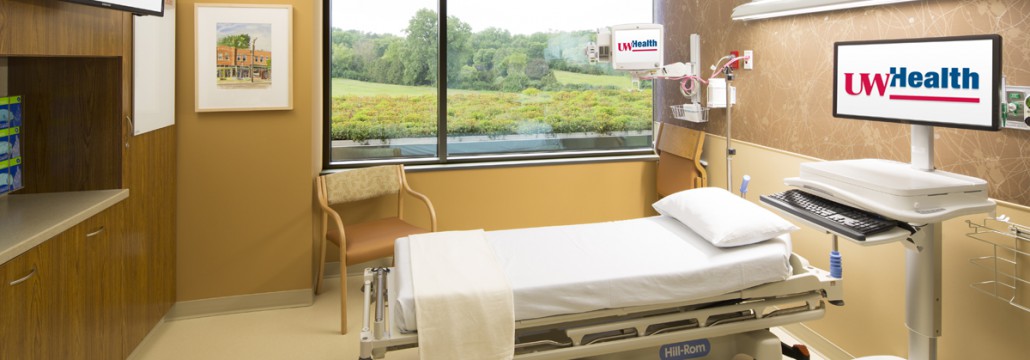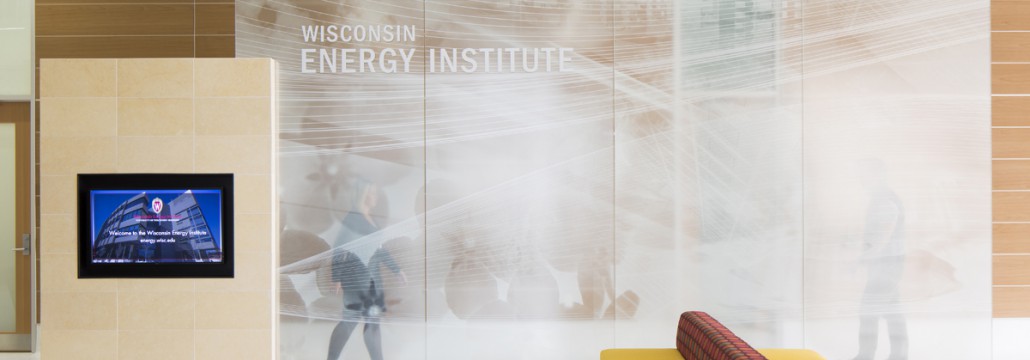Digestive Health Center Opens in Madison
UW Health’s new Digestive Health Center at University Crossing is officially open for operation. Designed by Potter Lawson the 65,000 square foot facility has 14 procedure rooms, 46 prep and recovery rooms, 21 exam rooms and four minor procedure rooms, along with a CT scanner and other radiological equipment.
The new DHC will focus on endoscopies. In the procedures, doctors use flexible scopes fitted with cameras to look for — and sometimes treat — abnormalities throughout the digestive tract. In addition to colon cancer, other conditions to be assessed at the center include acid reflux disease, irritable bowel syndrome, Crohn’s disease and hepatitis.
The center is the first of seven planned buildings at University Crossing, a mixed-use development at University Avenue and Whitney Way that was master planned and designed by Potter Lawson. The new DHC is also a sign of UW Health’s expansion and medicine’s growing emphasis on digestive health — especially colon cancer — as baby boomers age.


